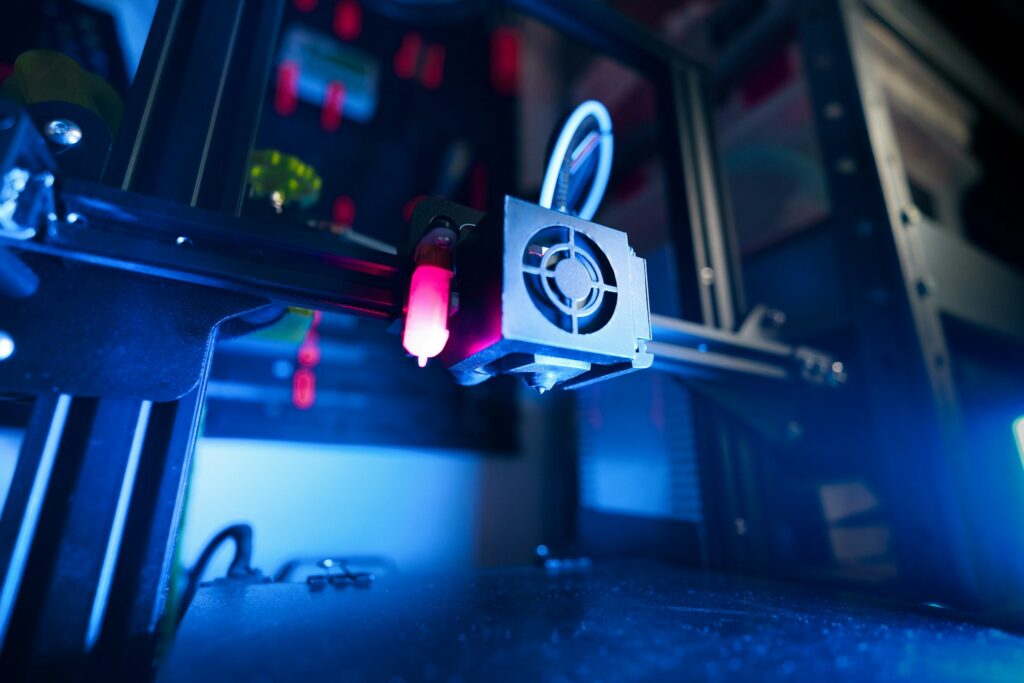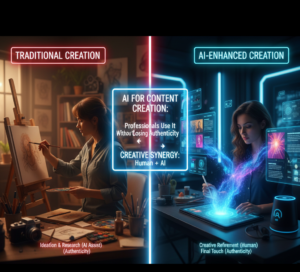With the advent of 3D printing the future of affordable housing is here.

With the advent of 3D printing the future of affordable housing is here.
In recent years, three-dimensional printing has gone from being a dream of hobbyists to being a significant revolution in the field of technology. The housing industry, however, is one of the most promising and urgent uses of this technology, despite the fact that it has revolutionized sectors such as manufacturing and medical. As the housing crisis across the world continues to worsen, 3D-printed houses are emerging as a potentially game-changing solution: living spaces that are quicker, less expensive, and more environmentally friendly.
Could the future of cheap housing be found in the use of 3D printing? Let us investigate how it works, what is currently taking place in different parts of the globe, and the reasons why this invention has the potential to transform the way we live.
What Exactly Is “3D-Printed Home”?
When we speak about houses that are printed using 3D printing, we are talking to additive construction technology, which is a way in which walls and buildings are constructed layer by layer using a specifically designed material that is similar to concrete. The computerized plans are followed by these machines, which “print” each component of the house with accuracy and with as little waste as possible.
As opposed to taking months to create, a modest home that is manufactured using 3D printing may be constructed in as little as 24 to 48 hours. The procedure removes a significant number of the labor-intensive and time-consuming processes that are a part of conventional construction.
Not to be confused with experimental prototypes, these are, in fact, actual houses that can be lived in.
Why This Is Important: The Current Housing Crisis
Worldwide, there is a shortage of housing that is within accessible price ranges. The number of people living in urban areas is increasing, the cost of building projects is going up, and many families with modest incomes are simply unable to keep up with the escalating rents or property prices.
To this day, millions of people continue to live in dangerous shelters or informal dwellings in underdeveloped nations. The issues of homelessness and housing insecurity continue to be a concern even in countries with higher levels of affluence.
In many cases, the traditional techniques of building are not only too sluggish but also too costly to fulfill the demand. This is when the advantages of 3D printing become apparent. In addition to reducing the amount of labor and materials required, it promises to speed up the construction process, save expenses, and cut down on waste.
The Advantages of Using 3D-Printed Homes
1. Efficient financially
The most compelling draw? Pricing. When compared to the cost of a conventional house, the price of a basic 3D-printed house might be anywhere from thirty to sixty percent lower. Homeownership becomes more attainable for families with modest incomes and areas that have been severely impacted by natural disasters as a result of this.
2. Construction that is completed more quickly
However, the structure of a home may be constructed using a 3D printer in only a few days, while the construction of a conventional house might take several months. This speed is particularly useful in times of emergency, such as in areas that have been affected by earthquakes or refugee camps.
3. Being environmentally friendly and sustainable, 3D printing employs exact quantities of material, which results in much less waste from production. For the purpose of making construction even more environmentally friendly, several projects are also doing experiments using recycled materials, low-carbon cement, and even locally obtained soil mixtures.
4. Adaptability of the Design
Walls that are curved? Furniture that is built in? Not an issue at all. Through the use of 3D printing, one is not constrained by the straight lines that are typical in building. This paves the way for architects to build houses that are not only effective but also aesthetically pleasing, opening up new creative possibilities.
- 3D-printed home is not just an idea; it is already affecting lives: Real-world projects that are actually happening 3D-printed house is.
- As a part of a housing effort for those living in severe poverty in Mexico, hundreds of families have moved into houses that have been completely created using 3D printing technology.
- Companies in the United States are employing 3D printing to create whole communities, the goal of which is to provide contemporary, minimalist houses at more affordable costs.
- Certain countries in Africa are taking use of this technology in order to address the housing problem, particularly in rapidly expanding cities that have limited financial resources.
- The examples shown here demonstrate that what was formerly considered science fiction is now becoming a reality that can be scaled up.
Limitations and Obstacles to Overcome
Home printing with 3D printing is not without its challenges, of course. Considering that it is still a relatively new business, bringing it up to the level of national housing programs would need significant expenditures as well as backing from regulatory authorities.
Other difficulties include the following:
- Building permits and regulations that have not been updated to accommodate 3D development
- Limitations on the materials available for multi-story constructions
- Providing training and growth opportunities for employees to run 3D printing equipment
- Rapid action is being taken to solve these difficulties, however, as governments and commercial enterprises become more aware of the possibilities associated with them.
In the future, affordability is not the only factor.
However, the use of 3D printing is not restricted to the low-cost market, despite the fact that technology is a clear winner for inexpensive housing. Indeed, luxury and custom house builders are also investigating it due to the speed it offers and the freedom it provides in terms of design.
What might the future be like if:
- By using the internet, you can design your house and have it printed within a week.
- Over the course of a few days, disaster-stricken areas get emergency housing.
- The expansion of cities has a less influence on the environment.
- That won’t be decades away at all. That spans the next five to ten years.







